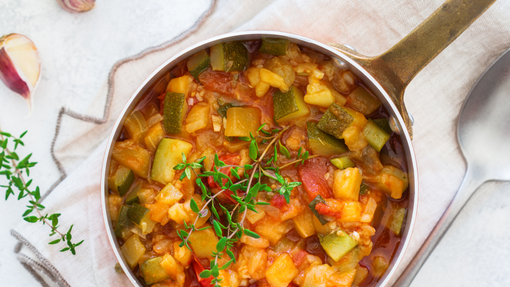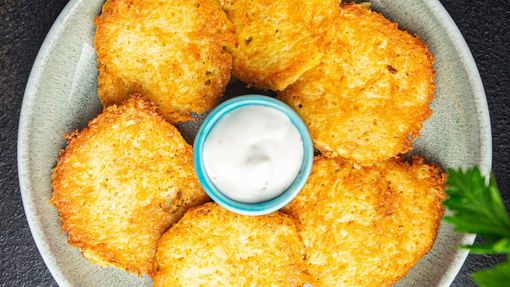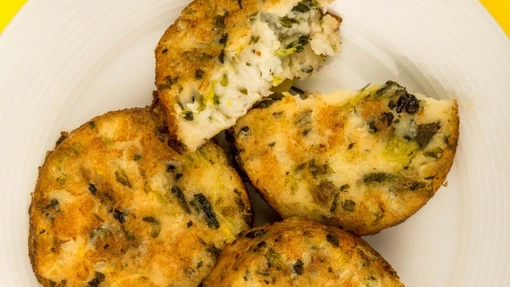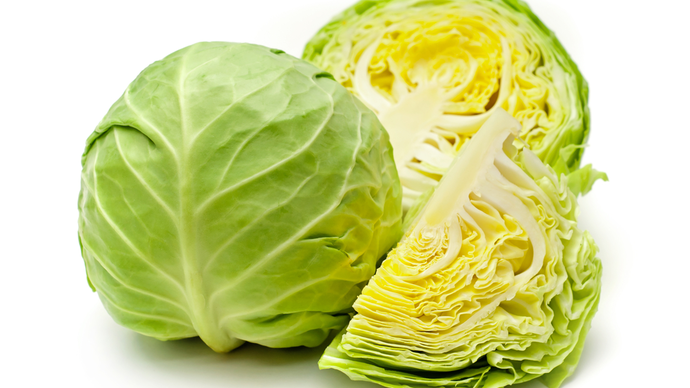Cabbage is part of the brassica family which includes cauliflower and broccoli. There are many different types to choose from such as red, white and green. It can be shredded raw to make coleslaw, and steamed or braised as part of your dinner. Cabbage counts as one of your five-a-day portions.
How to store
How to store fresh cabbage
Cabbage should be stored it in the fridge.
Freezing cabbage
Cabbage can be frozen in in a sealed bag or container for up to 3 months.
Storing cooked cabbage
Store in an airtight container in the fridge for up to 2 days.
Cabbage top tips
How to freeze and defrost
To freeze: Blanch sliced cabbage for 90 seconds, then place in ice water before freezing.
To defrost: When you take food or drink out of the freezer, it’s important to defrost it safely. Don’t defrost at room temperature. Ideally, defrost fully in the fridge and use within 24 hours. Or, use a microwave on the defrost setting directly before cooking. Always check the on-pack guidance for frozen foods.
Eating the whole food
Shred cabbage hearts into salads, soups or stews.
Be fabulous with leftovers
Finely slice or grate raw leftover cabbage, carrots and onions and mix with mayonnaise for a quick and easy homemade coleslaw. Refresh cabbage in ice-cold water if it needs a lift.
Buying tips
Think about swapping fresh cabbage for frozen. Frozen foods last a long time in the freezer, you can use as much as you need when you need to and they can often be a cheaper option.
Perfect portions
Use our portion calculator for a quick and simple way to check how much of this food to serve at mealtimes.
Valuing your Cabbage beyond the price tag
Goodness in food
Your food is more than its shape, colour and price. Your food has an important role to play to help keep you healthy and with enough energy to live your life how you wish to.
- Cabbage is an excellent source of folic acid which helps the body form healthy red blood cells.
- Rich in vitamin C that helps to maintain healthy skin, blood vessels, bones and cartilage.
- High in vitamin E that helps to strengthen the body’s natural defence against illness and infection.
Food story
By the time your food arrives in your home, it’s already been on quite a journey starting with how it is made or grown and how your food reaches the supermarket.
So please help our food to finish its story in the most sustainable way, ensuring the planet’s resources that’s already used are put to good use. Take care of your food when it’s in your home and ensure every edible morsel is eaten - and that your food doesn’t end up in the bin!
Why not try these delicious recipes to use up Cabbage
This hearty stew is delicious, filling and uses up your leftover veggies. What's not to like?

A delicious zero waste brunch, which uses the whole potato, parsnip, broccoli, spring onion and herbs (stalks, peels and all). Or swap out for any leftover veggies you have at home!

A great leftover recipe that can be made with any vegetable leftovers.






